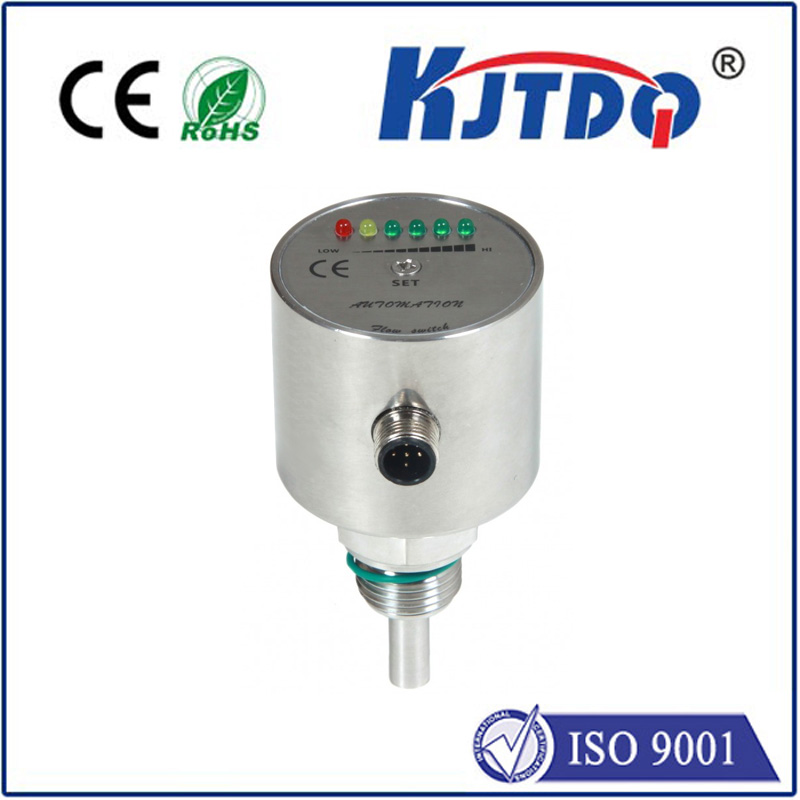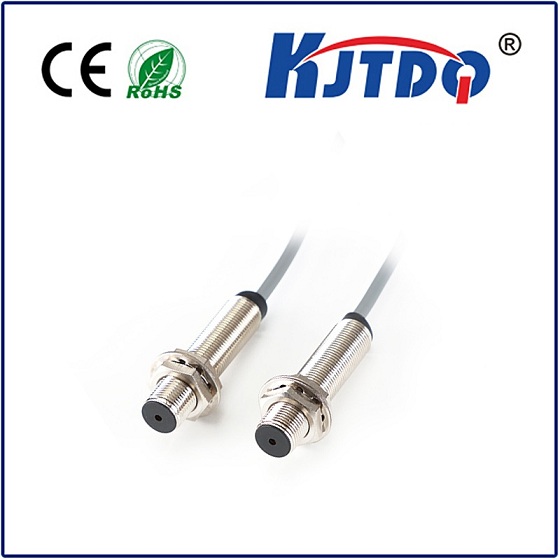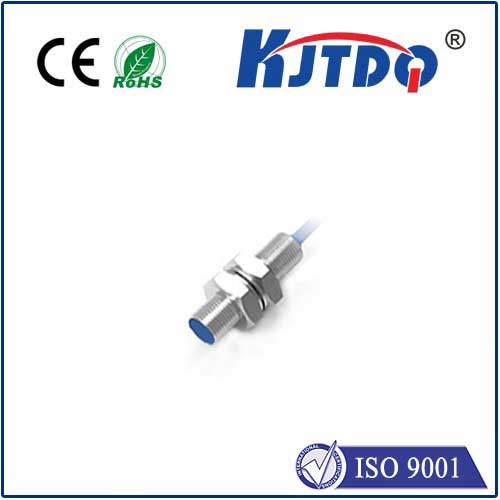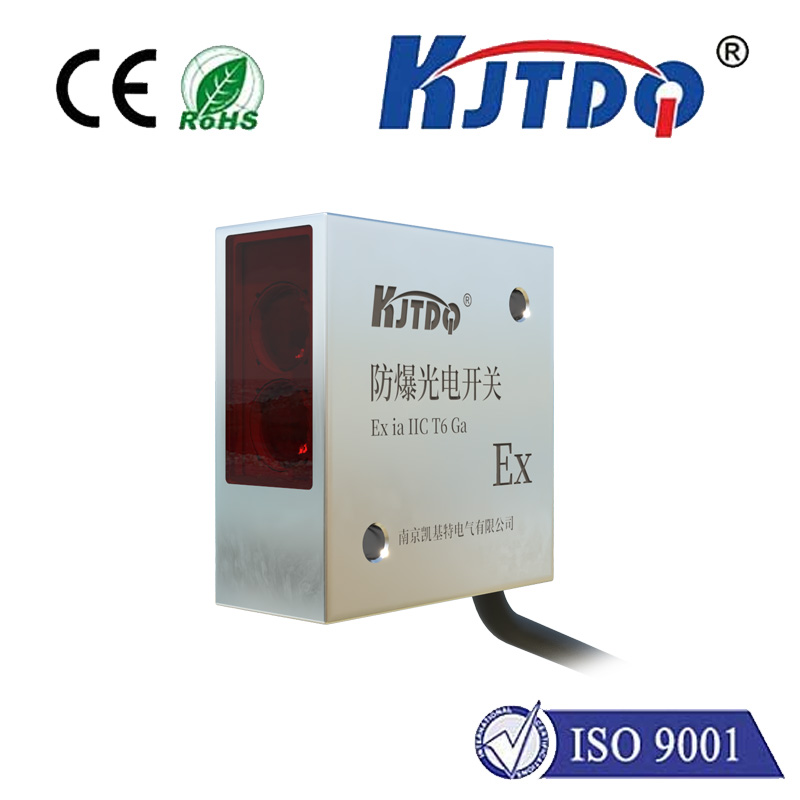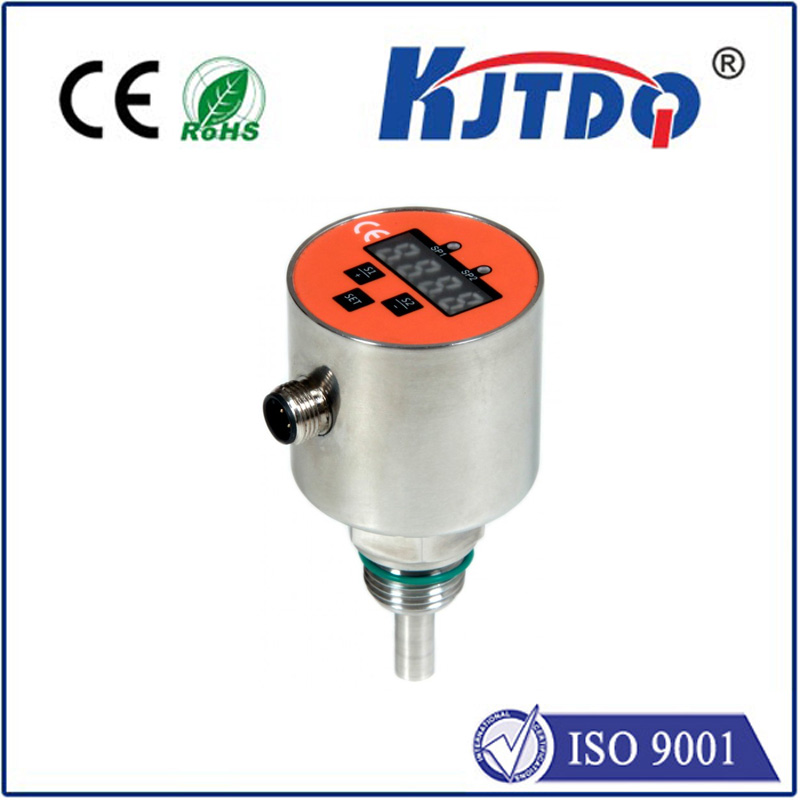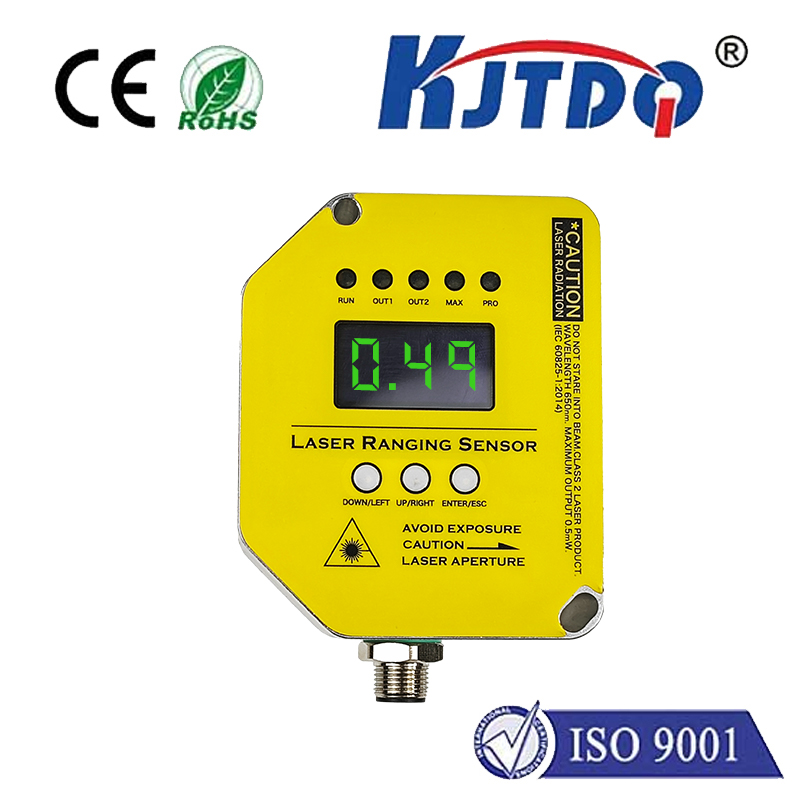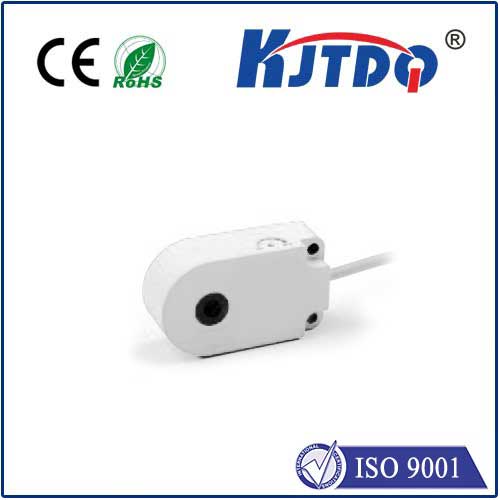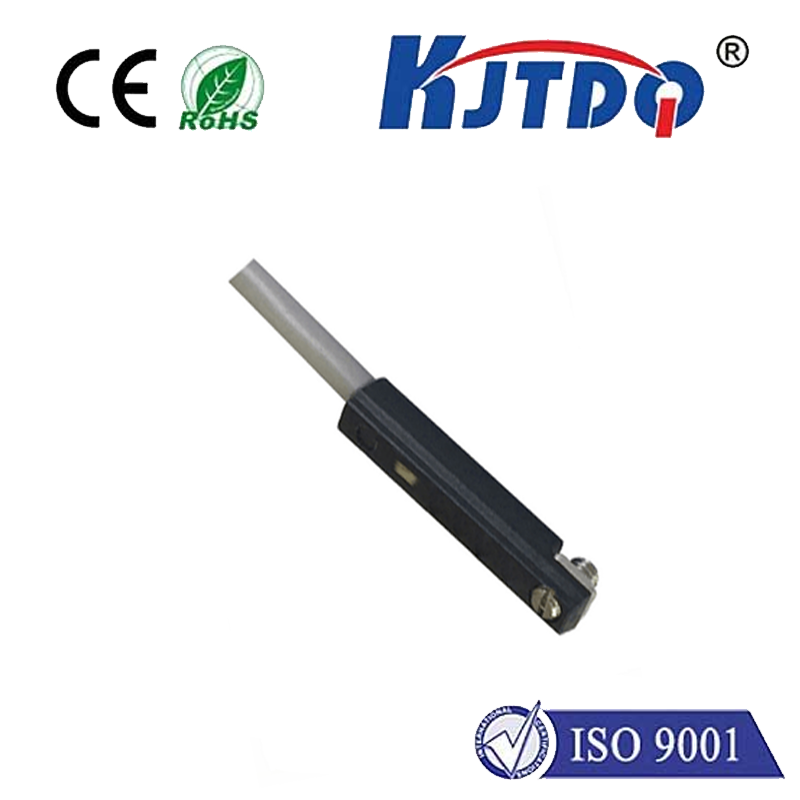

check

check

check

check

check

check

check

check

check

check
Introduction:
The advent of inductive sensors has revolutionized various industries, including manufacturing, automotive, and medical sectors. The M8 version of this sensor technology is a prime example of how innovation can drive progress in these fields. In this article, we will provide an in-depth overview of the M8 inductive sensor, discussing its features, benefits, and applications.
Section 1: Introduction to Inductive Sensors
Inductive sensors work by detecting changes in electrical induction caused by the presence of a magnetic field. These sensors are highly versatile and can be used in a wide range of applications due to their non-contact nature, high accuracy, and fast response times. In recent years, the development of M8 inductive sensors has further enhanced their capabilities, making them more suitable for complex industrial environments.
Section 2: Features of M8 Inductive Sensors
M8 inductive sensors are designed with advanced features that set them apart from traditional sensors. Some of the key features include:
* High sensitivity: M8 sensors can detect changes in electrical induction with a low level of noise, ensuring accurate and reliable readings.
* Long lifespan: These sensors have a longer operating life compared to traditional sensors due to their robust construction and optimized design.
* Easy connectivity: M8 sensors can be easily connected to various control systems, providing flexibility in terms of integration with existing infrastructure.
Section 3: Benefits of Using M8 Inductive Sensors
There are several advantages to using M8 inductive sensors in various industries. Some of the notable benefits include:
* Improved accuracy: Due to their high sensitivity and non-contact nature, M8 sensors offer improved accuracy compared to traditional sensors, ensuring reliable data readings.
* Increased efficiency: These sensors can detect changes quickly, allowing for faster decision-making processes and increased operational efficiency.
* Reduced costs: By eliminating the need for physical contact between the sensor and the target object, M8 sensors can reduce maintenance costs and downtime associated with traditional sensors.
* Environmental protection: As these sensors do not require any physical contact with the target object, they can help prevent damage or contamination to sensitive materials.
Section 4: Applications of M8 Inductive Sensors
M8 inductive sensors find numerous applications in various industries, including:
* Manufacturing: These sensors are commonly used to monitor machine performance, detect errors or abnormalities, and optimize production processes. They can also be used for quality control and safety monitoring in hazardous environments.
* Automotive industry: M8 sensors are used extensively in vehicle safety systems, such as ABS (Antilock Brake System), airbag controls, and collision avoidance systems. They also help monitor tire pressure and temperature, improving fuel efficiency and extending tire life.
* Medical industry: M8 sensors can be used in medical devices like blood pressure monitors and heart rate trackers, providing accurate and reliable data without any physical contact with the patient.
* Industrial automation: These sensors play a crucial role in industrial automation systems, helping detect changes in machinery performance, identify faults, and optimize production processes. They can also be used for process control and environmental monitoring.
